MARKET OVERVIEW
The global biomass market and its associated industries have a pivotal role to play in the overall movement towards sustainable energy across the continents. Addressing the consequences of climate change and environmental degradation, biomass remains imperative in renewable energy options. The organic resources include crop residues, wood waste, and resources from dedicated energy crops and form an important resource for producing heat, electricity, and biofuels. This market has generated increasing attention due to the value that lies within combustion technologies to its energy-consumption-dependence reduction from fossil fuels and corresponding reductions in greenhouse gas emissions. The market will become stricter with the world's increasing pace towards clean energy sources.
The global biomass market, therefore, includes a wide range of products and applications, like all other possible solid biofuels of wood pellets and briquettes through liquid biofuels like biodiesel and bioethanol, and extends further into biogas originating from the organic waste through anaerobic digestion. These products make biomass suitable and available for various sectors, including power generation, transport, and domestic heating. This flexibility of the market is what keeps it at the forefront of renewable energy scenarios. Going forward, the development and research in technology would certainly improve the conversion processes and bring about even a more attractive global scenario for biomass conversions in the coming years.
global biomass market scope can go across various countries as each region possesses different resource types and types of technology used towards biomass. Thus, countries with rich agricultural output give raw materials for biomass production; progressive and industrialized nations focus on innovations in converting technologies. This gives rise to the collaboration of countries in developing very dynamic conditions in which knowledge, resources, and innovations burgeon the markets. Surely, with the investments from countries, the biomass sector is likely to thrive with increased research initiatives when renewable energy policy becomes global.
Biomass energy-in fact, the government understanding of biomass energy-strengthens the position of biomass energy in the global marketplace. Unlike fossil fuels, net carbon emissions from biomass energy production are lower because the carbon released during its combustion has already been absorbed from the atmosphere during the lifetime of the organic material. The carbon-neutral potential of biomass makes it a very valuable option for states struggling to meet their climate objectives. Biomass production using agricultural and forestry residues negates environmental damage stemming from the waste that organic material generates and the patterns regarding land use.
The economic impacts of the global biomass market are also quite huge. It allows creating jobs across the supply chain, for example, in raw material collection and processing, technology development, and energy production - bringing local
Global biomass market is estimated to reach $215,239.55 Million by 2032; growing at a CAGR of 5.6% from 2025 to 2032.
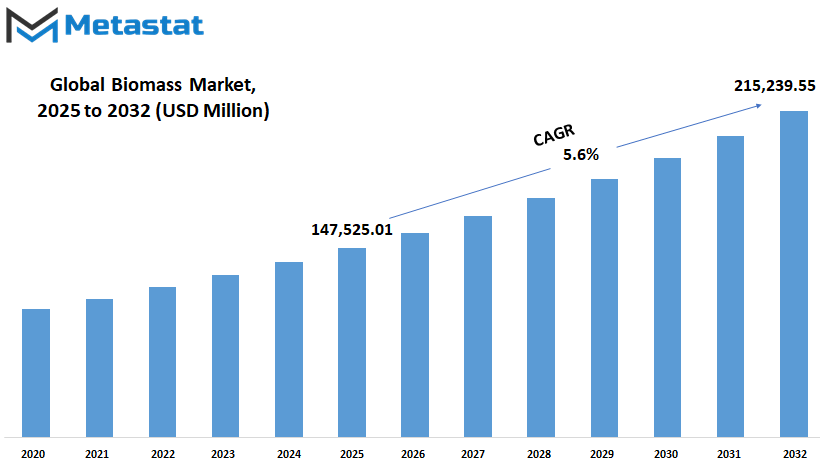
GROWTH FACTORS
The global biomass market is poised to witness a paradigm shift in its scale and shape in the coming years, courtesy of the rising trend of renewable energy and the need for sustainable solutions. The greater environmental consciousness around the globe has a spur in demand for a lesser dependence on fossil fuels. Organic materials such as agricultural waste, wood, and dedicated energy crops provide the possibility of alternative fuels, since biomass heat, electricity, and biofuels are capable of reducing carbon emissions. Thus, an inevitable continuation of demand in the future for cleaner-producing energy will keep this alternative up.
One of the most important factors favoring the expansion of the global biomass marketplace is likely to be increased consideration of sustainability. People are becoming more conscious of the environmental impacts of conventional sources of energy over time; this phenomenon is taking place among governments, industries, and people as well, Accordingly, biomass energy offers an experience practical solution-a renewable and therefore environment friendly alternative energy source. For decentralised initiatives from nations to lower greenhouse gas emissions and reach net-zero targets, biomass energy adoption will play a decisive role. The market expansion is also expected through the conducive policies introduced by governments.
Government subsidies, tax exemptions, and favorable regulations are driving market growth. Subsidies and tax benefits provide financial incentives and encourage the production and use of biomass energy, thus making biomass energy economically viable for energy producers and consumers alike.
There are problems yet facing the global biomass market, and although they look very optimistic, they can deter the growth of the industry. The first major impediment to this ascendant growth is very high initial investment costs. Investments in biomass processing facilities require a lot of capital and therefore deter a company from entering the market. Infrastructure costs, which include conversion equipment, storage, etc., typically entail long-term commitment of finances before generating profits. Supply chain issues are yet another hindrance. Irregular availability and movement of biomass feedstock including wood pellets, agricultural residues, and organic waste can impact production efficiency and result in dwindling supply. These challenges need to be solved for the market to experience steady growth and have a reliable energy supply.
On the positive side, new technologies for biomass conversion should offer many new opportunities for the global biomass market. Efficiency improvements and low-cost approaches will help biomass become cost-competitive with other renewable resources. Improved conversion processes for organic materials to bioenergy will increase outputs while minimizing waste and enhancing sustainability of the entire process. As research develops in these areas, these future technological developments will bear new market and renewable energy demands.
MARKET SEGMENTATION
By Type
The global biomass market has been classified into the three main types of solid biomass, liquid biomass, and biogas. Each of these types has its individual applications and growth potentials. Solid biomass, from wood, agricultural residues, pellets, among others, is long being used for heating and generation of electricity. Solid biomass is projected to be one of the most reliable and cost-effective options for energy solution especially in regions highly endowed with these species. Advancement in technology will further the efficient processing and utilization of solid biomass leading to its increased global acceptance in the future.
The segment of liquid biomass is comprised of biofuels such as biodiesel and bioethanol, and is also a major segment. These fuels find their application in transportation and can greatly reduce the consumption of petroleum-based products. The development and utilization of liquid biomass are bound to increase, as emission reduction is a key focus for governments and industries. Advancement in production of biofuels will ensure availability and affordability of these fuels, which will be an important propelling force in the expansion of the market.
Biogas is fast coming to the center stage produced from the breakdown of organic matter like food spilled and cattle manure. It serves to generate electricity, heating, and fuel for vehicles. One of the greatest advantages of biogas is that it converses waste into viable energy so addressing the challenge of energy needs and waste management. Any advancement in the future will be placed in biogas production and storage technologies for efficiency enhancement and broader application.
Awareness on climate change and the need for sustainable practices encourage governments and industries to look toward renewable energy solutions. Supportive framework is projected to be developed in the form of policies, incentives, and investments towards the extent of research and development to accelerate improvement in biomass technologies. This will, in return, improve the efficiency, affordability, and accessibility of biomass energy all over the world.
Thus in the coming time, the global biomass market will come up as an even more important component for the global future energy mix. Thus with the advancement of technology and increase in environmental awareness, biomass energy will probably serve as the most reliable, sustainable, and flexible means to meet the ever-increasing demand for energy all over the globe.
By Application
Among many sustainable energies, the global biomass market is swiftly coming into its own as a major player. It seems like biomass has rightly claimed its place as a possible option for increased clean and renewable energy. Biomass energy is obtained from organic materials such as plant matter, wood, and agricultural residue, and therefore, by nature, it is renewable. This means that with time, as concerns about climate change and the environmental impacts of fossil fuels grow, the demand for biomass energy will increase. The market will thereby expand and diversify into new applications to respond to an assortment of energy demands across sectors.
On the other hand, producing heat is one of the major applications of the global biomass market. Biomass-Its used for heating purposes in residences-and all areas, industries and commercial-is expected to strengthen. Biomass heating systems efficiently and sustainably provide heat from various fuel sources: wood pellets, agricultural residues, and other organic waste. Such systems would in time become more efficient, reducing emissions even more and lowering costs to better their economics. Investment and development into cleaner heating systems thus accelerate the progress of the worldwide biomass market.
Another important outlet for biomass energy is electricity generation. There are various methods of generating electricity from organic matter in a biomass power plant, including combustion and gasification. This form of electricity generation is a renewable substitute for coal and gas that helps tackle waste as it uses the byproducts of agriculture and forestry. Within the near future, installations will become very efficient with advancements in technology that can produce more energy with less environmental impact. With the growing demand for sustainability in electricity, biomass will be fast-tracked and established as a major player in the energy arena.
Biofuels represent an ever-increasing opportunity in the global biomass market for transportation fuels. Being produced from crops and organic wastes, biodiesel and bioethanol offer a cleaner alternative to conventional gasoline and diesel. With the world's increasing emphasis on carbon emission reduction, demand for biofuels is likely to grow. Innovations in this area will be directed toward improving production efficiency and creating advanced biofuels out of non-food biomass sources so that sustainability would not compete with food supply. The development of biomass-based solutions will prove to be the biggest boon for the greener transition of the transportation sector.
The future of biomass at the global level will harness the momentum of cleaner energy needs and sustainability accounting. With time and advancement in technology, biomass indeed would be an important constituent of global energy systems, triggering immediate practical solutions toward needs like heat, electricity, and transportation fuel. The arising biomass energy ventures would not only cater to environmental targets but also create avenues for economic growth and energy security across the globe.
By Technology
Potentially, growth will occur in the global biomass market in the years ahead as the world looks for cleaner and more sustainable energy sources. Biomass energy stems from organic materials such as plants, agricultural waste, and wood. Countries are reducing their fossil fuel dependence; biomass emerges as a potential solution. The demand for renewable energy grows along with awareness for environmental protection. As climate change looms larger on the agenda, attention to sustainable energy alternatives will only rise. The glory of biomass is that it relies on organic materials that are renewable, hence friendlier to the environment.
Development accelerated by technology provides a means for the consideration of some biomass technologies in the near future. For every single technology for converting biomass, its advantages and its associated measures for maturation come inherent. Direct combustion is one of the most common and established techniques. Direct combustion refers to burning organic materials to produce heat, which can be used to produce electricity. This has been popular because it is the simplest and cheapest method; however, with technological advancement, it is expected that it will be improved for efficiency and cleanliness.
Gasification presents another set of bright prospects. This innovation converts biomass into a gas mixture, usable for generating power as well as fuel for industrial use. This process is, by far, more efficient than just burning biomass and creates less emissions, thus an attractive option moving further into the future. Furthermore, improvements with research and technology in gasification could translate into higher energy outputs with reduced environmental impact down the road. This will certainly help invigorate the global biomass market.
Anaerobic digestion is a biochemical conversion method. Its essence is that microorganisms break down organic materials under anaerobic conditions. Anaerobic digestion generates biogas for electricity, heating, and transport fuels. Anaerobic digestion is a double win: a renewable energy source and an organic waste management measure. This being a growing concern for the world, this technology could very well become central to the global biomass market.
As these technologies are maturing and being adopted, the way forward looks very promising for the global biomass market. Cleaner energy and effective waste management will further spur investments and innovations in this domain. Since increasing numbers of industries and governments are expecting to understand the advantages of biomass, its place in the global energy landscape will grow, providing a sustainable and environmentally friendly solution for potentiality.
By End-Users
There is an expected major role to the global biomass market in the expected future of sustainable energy. Biomass is fast emerging as one of the important options for generating power, heat, and biofuels from organic inputs as the world moves toward cleaner and renewable energy. This market invokes the strength of natural resources likes wood, agricultural waste, and other biological matter, making it a good alternative for fossil fuel. With increasing awareness of climate change and the pressure for energy security, the global switch to biomass can change the way energy sectors produce the energy they consume.
A key defining characteristic of the global biomass market is its end-user diversity. This market serves residential, commercial, and industrial sectors, each contributing to its growth in the distinct way specified. Biomass is mostly used for heating and cooking purposes in households. The growing popularity of both wood pellets and biomass stoves indicates to an increasingly green consciousness among households for home energy. As more households become aware of their environmental impact, future demands will surely be for clean and sustainable heating options, which will spur market growth in this segment.
On the commercial side, companies are going for biomass energy in a bid to rely less on non-renewable energy sources. Examples of entities that are increasingly opting for biomass heating systems and power solutions are restaurants, hotels, and office buildings. There is a possibility of increased investment in renewable energy by firms since sustainability has become a core business value, hence driving the market forward. This move helps companies meet standards in environmental protection and also appeals to environmentally friendly customers making a business-savvy and ethically right move for the businesses.
This would be one of the biggest contribution sectors to the global biomass market. Industries need much energy for their manufacturing, for processing and production. Biomass can efficiently serve such needs, sustainable and above all used by those sectors that tie highly to heat and power. Emerging tighter emission targets and greener practices across industry sectors will only further elevate biomass energy to an attractive alternative for industries. The advanced biomass technologies that will be developed as well as efficient conversion systems will add further benefits to industrial adoption, thus making biomass an important component of future industrial energy strategies.
The global biomass market has set out to grow immensely due to sustainability awareness as well as environmental consciousness. Though improved conversion processes are yet to be developed, this market will likely be more appealing over time as technology continues to make improvements. Indeed, collaborations among governments, industry, and research will serve to support this growth and create a cleaner, more sustainable energy landscape in which everyone might benefit in the future.
|
Forecast Period |
2025-2032 |
|
Market Size in 2025 |
$147,525.01 million |
|
Market Size by 2032 |
$215,239.55 Million |
|
Growth Rate from 2025 to 2032 |
5.6% |
|
Base Year |
2024 |
|
Regions Covered |
North America, Europe, Asia-Pacific, South America, Middle East & Africa |
REGIONAL ANALYSIS
With the increasing demand for renewable energy and the global switch to sustainable practices, it is expected that steady growth will characterize the global biomass market in coming years. Different regions play important roles in this market, each contributing anything of their own, depending on available resources, policies, and technological advancement. As long as the world searches for cleaner energy alternatives, the biomass market's future seems bright, with inter-regional dynamics carving its overall pathway of development.
North America is expected to remain an important region in the global biomass market. The U.S., Canada, and Mexico have all been very advanced in the adoption of biomass energy, with contributions from government support and investments in renewable energy technologies. The U.S. leads among these countries in its efficient biomass definition and strong infrastructure; thus creating an environment for advanced research and development in biomass production and utilization. Forest resources also support regional growth in Canada due to this country's major commitment to carbon-emission reduction. On the other hand, while its biomass-energy penetration is rather slow, Mexico is being supported by programs that promote diversifying the energy mix.
Europe is another key region to expect steady growth in the global biomass market. Countries like the UK, Germany, France, and Italy are early adopters of renewable energy and persist in observing how far it sustains development. Germany has had ambitious plans for its energy transition, with biomass filling a critical interface in its operations. Investment is going into France and the UK to ramp up biomass capacity. Italy is ensuring the continued efficiency and scalability of biomass projects across Europe through favorable policies and incentives.
The Asia-Pacific region holds immense potential for the future of the biomass market. With the likes of China, India, Japan, and South Korea working to satisfy their growing energy needs, biomass stands as a potential tool for decreasing dependence on conventional fuels. China, being one of the world's largest energy consumers, has increased its investments into renewable sources, including biomass. Likewise, India has stepped up initiatives to tap agricultural waste and other organic materials for energy generation. Japan and South Korea are working on advanced technologies that enhance biomass efficiency, thus potentially creating an environment for innovation and adoption across the region.
The contribution of South America to the global biomass market is greatly shaped by Brazil and Argentina, where agricultural and forestry resources lay a solid biomass foundation. Brazil's well-established bioenergy sector, with particular emphasis on bioethanol production, has truly made this nation the regional leader. The expansion of Argentina's biomass capacity is comparatively glacial, aided and abetted by mounting interest in sustainable energy practices.
Biomass energy gaining much popularity in the Middle East and Africa but still at its nascent stage compared to other regions. Countries under the GCC umbrella including Egypt and South Africa, are seeking diversification of energy source. Specifically, South Africa makes strides on renewable energy programs, including biomass adoption, aimed at addressing its energy supply needs.
This global biomass market development continues to be part of the regional networks, along which governments, industries, and research institutions will be needed to push innovation and change for long-term growth. With each region putting its strengths forward, this market has a bright promise of growth in future. Hardly anyone would appreciate the benefits of a cleaner, more sustainable energy future if present-day powers were so backward in updating their systems.

COMPETITIVE PLAYERS
The future of the global biomass market appears bright, as this commodity will be on increased demand as energy tends to adopt more sustainable form. Biomass is the organic feedstock source, which consists of wood, agricultural residues, and waste, with great potential to reduce dependence on fossil fuels and carbon reduction emission levels. This continues to raise demand for biomass energy as environmental discussions push sectors to greener options. This increasing demand, on the other hand, has created a highly competitive battleground under which all key players are strengthening their positions and innovating in this field.
The new influential powers emerged in the global biomass market due to the grandiose companies mentioned above. These respective companies mastered their respective technologies and strategies to commodify and capitalize on them with the intention of expanding their footprint. RWE and Enel Green Power are big-time playing in the advanced biomass technologies and infrastructures to serve the growing renewable energy demand. They are into extensive projects and efficient ways to produce biomass energy such as global reach.
On the other hand, Ørsted and Vattenfall AB, which have proven their seriousness towards sustainable energy solutions, are consistently blending biomass into their renewable energy-mixed basket, thus intensifying their carbon clearance commitment. Meanwhile, Mitsubishi Hitachi Power Systems and Siemens are well known for their technological innovations and engineering prowess. Their advanced power systems and equipment availability for biomass are crucial to improving efficiency and reliability in the industry.
Drax Group and Enviva Partners have made a name for themselves as leaders in biomass production and supply chains dedicated to ensuring a reliable flow of the highest quality materials in the biomass market. These companies develop sustainable and scalable solutions essentially in anticipation of their pivotal roles in satisfying global energy demands.
Babcock & Wilcox Enterprises and Ameresco: Well known for their contribution to developing energy infrastructure and project management, these two companies are models for quality sustainability because they are able to both develop and reliably maintain biomass facilities. Veolia and Engie also bring the edge of environmental management and integrated energy solutions to the co-located projects that they work on combining biomass with other renewables to be much more efficient.
Competition will definitely increase because all those companies will have plenty to focus on concerning research, development, and strategic partnerships to enhance their market positions. Innovations in biomass conversion technologies, improvements in supply chain logistics, and initiatives to improve sustainability practices will define tomorrow's industry. In such a dynamic environment, the cooperation of key players in search of cleaner and more efficient energy solutions will drive the global biomass market towards a bright future.a
Biomass Market Key Segments:
By Type:
- Solid Biomass
- Liquid Biomass
- Biogas
By Application:
- Heat Generation
- Electricity Generation
- Transportation Fuels
By Technology:
- Direct Combustion
- Gasification
- Anaerobic Digestion
By End-Users:
- Residential
- Commercial
- Industrial
Key Global Biomass Industry Players
- RWE
- Enel Green Power
- Ørsted
- Mitsubishi Hitachi Power Systems
- Vattenfall AB
- Drax Group
- Enviva Partners
- Babcock & Wilcox Enterprises
- Ameresco
- Veolia
- Engie
- Siemens
WHAT REPORT PROVIDES
- Full in-depth analysis of the parent Industry
- Important changes in market and its dynamics
- Segmentation details of the market
- Former, on-going, and projected market analysis in terms of volume and value
- Assessment of niche industry developments
- Market share analysis
- Key strategies of major players
- Emerging segments and regional growth potential



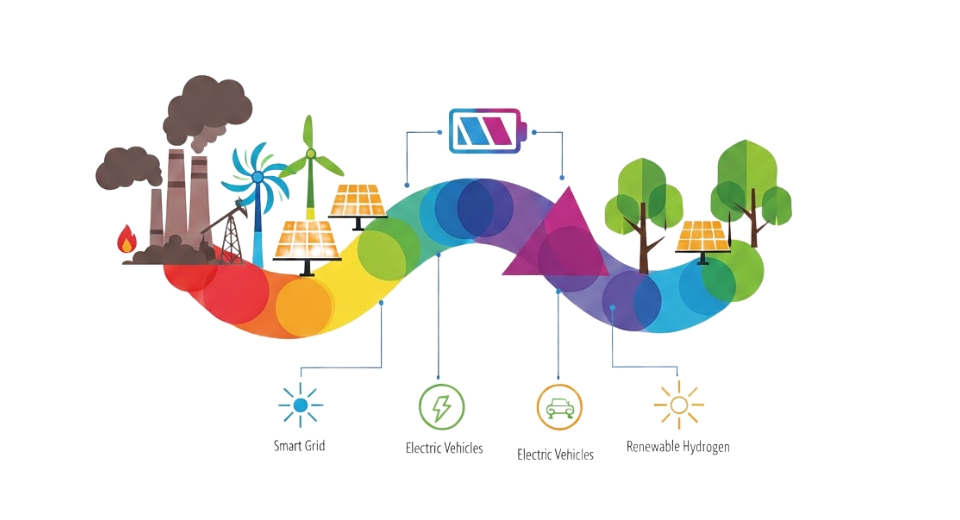
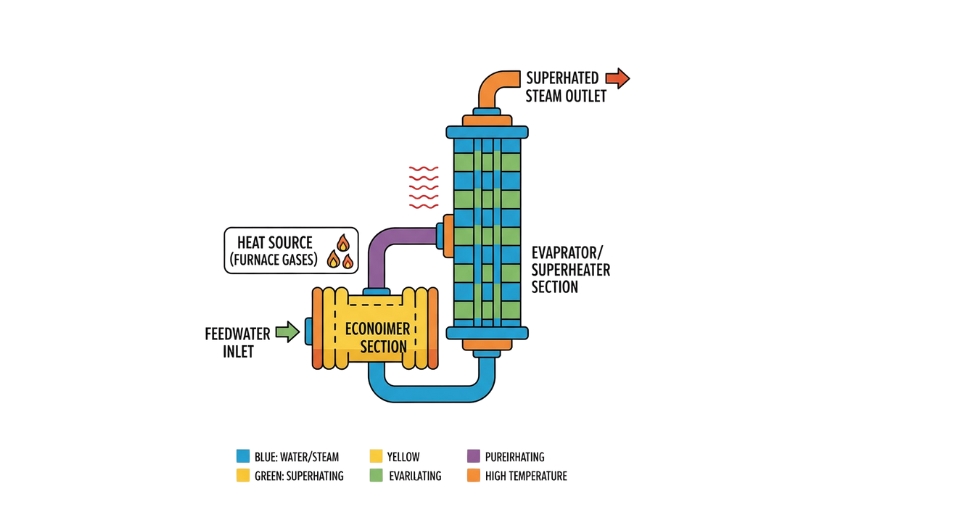
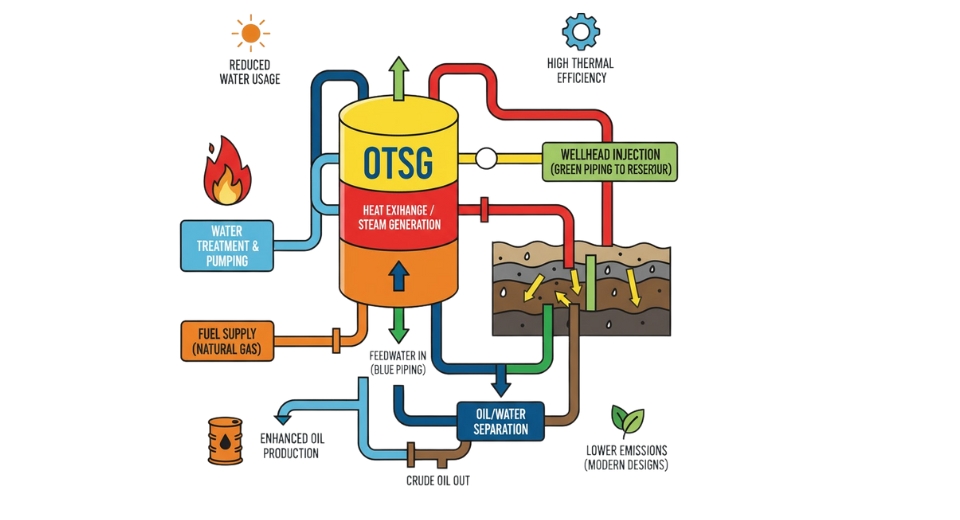
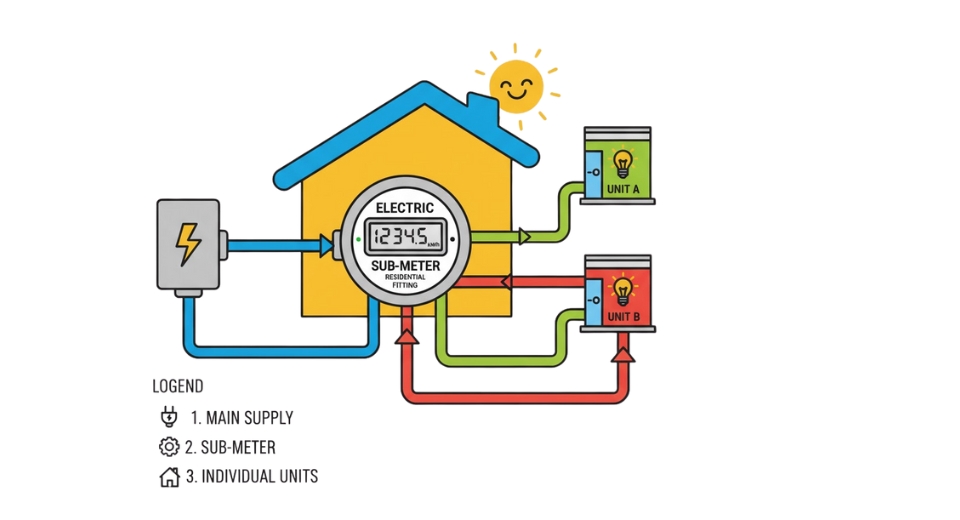

 US: +1 3023308252
US: +1 3023308252






